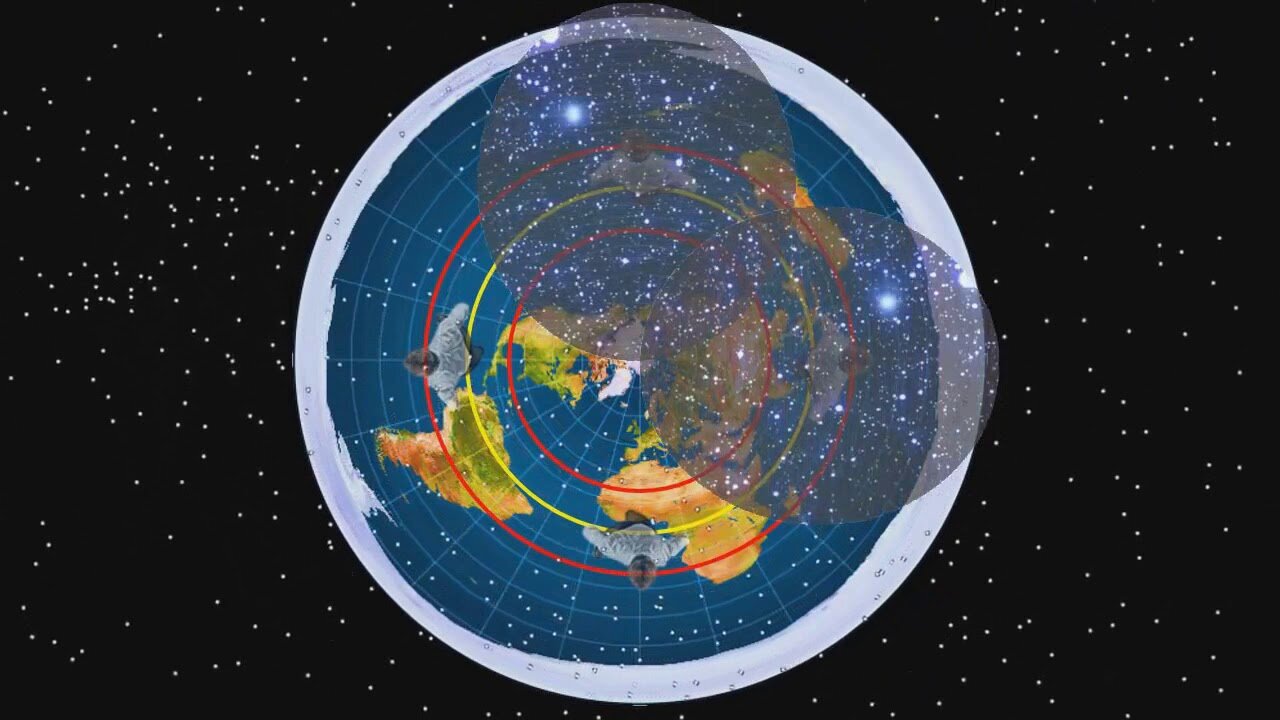Premium Only Content

How the Southern Stars Work on Flat Earth
Earth is depicted as a motionless, level plane where the Sun, Moon, and stars orbit around us, a daily experience for all. At the heart lies the North Pole, serving as the magnetic center-point with Polaris, the North Pole star, directly overhead, distinguished by its stillness amidst the heavens. Other celestial bodies, termed "planets," or anciently known as "wandering stars," display unique spirograph-like patterns, exhibiting both forward and retrograde motions across the sky. In contrast, the "fixed stars" maintain their positions within constellations consistently over millennia, unaffected by Earth's purported motions.
The prevailing notion of Earth as a spinning, tilting, orbiting sphere contradicts this observation. According to mainstream astronomy, Earth rotates at 1000mph, orbits the Sun at 67,000mph, and hurtles through the galaxy at 500,000mph, yet the constellations remain remarkably stable over time. This discrepancy suggests that Earth and Polaris remain stationary while everything else rotates around them, akin to the motion observed in a planetarium dome.
Our expansive Earth planetarium offers a perspective challenge, limiting observers from simultaneously witnessing all stars from any single vantage point. Northern constellations, including Polaris and Ursa Major/Minor, are visible from all points north of the equator, while southern constellations, like Sigma Octantis and the Southern Cross, traverse a sweeping arc across the southern sky. The apparent motion of stars varies based on location and direction faced: counterclockwise when facing north, clockwise when facing south, rising in the east and setting in the west. Despite these apparent variations, the actual movement of celestial bodies consistently progresses from east to west.
-
 15:33
15:33
FLAT OUT TRUTH
1 month agoSCIENTISTS CAPTURE FIRMAMENT ON VIDEO
21K35 -
 UPCOMING
UPCOMING
The Big Mig™
10 hours agoFauci’s Fiction w/ Dr. Michael J Schwartz
2.21K2 -
 UPCOMING
UPCOMING
Edge of Wonder
2 hours agoChina’s DeepSeek AI Engineered to Censor, Control & Overpower USA
758 -
 LIVE
LIVE
Quite Frankly
4 hours ago"Small Town Charm, ICE ICE Baby, Open Lines" 1/28/25
201 watching -
 UPCOMING
UPCOMING
Chrissy Clark
1 hour agoJohn Fetterman TRIGGERS “The View,” Deportations Upset Selena Gomez, & MORE I Underreported Stories
941 -
 59:42
59:42
PMG
4 hours agoManhood in Crisis: What Ancient Rome Can Teach the 21st Century
1.91K -
 LIVE
LIVE
Akademiks
3 hours agoASAP Rocky Case has Begun . He's facing 24 years for SH**ting his friend!
3,372 watching -
 1:58:50
1:58:50
Revenge of the Cis
4 hours agoEpisode 1436: Adios Amigo
24.3K2 -
 1:14:45
1:14:45
Awaken With JP
6 hours agoTrump's Making Everyone His B*tch LOL - LIES Ep 76
72.7K40 -
 1:41:43
1:41:43
Megyn Kelly
1 day agoMedia's ICE Hoax, Vance's Masterclass on CBS, & Trump vs Bass, w/ Steve Bannon & Batya Ungar-Sargon
89.3K73